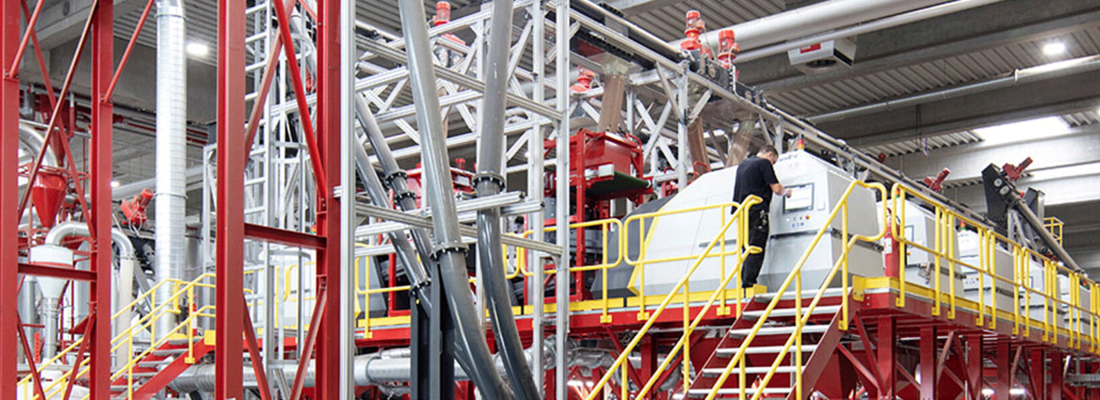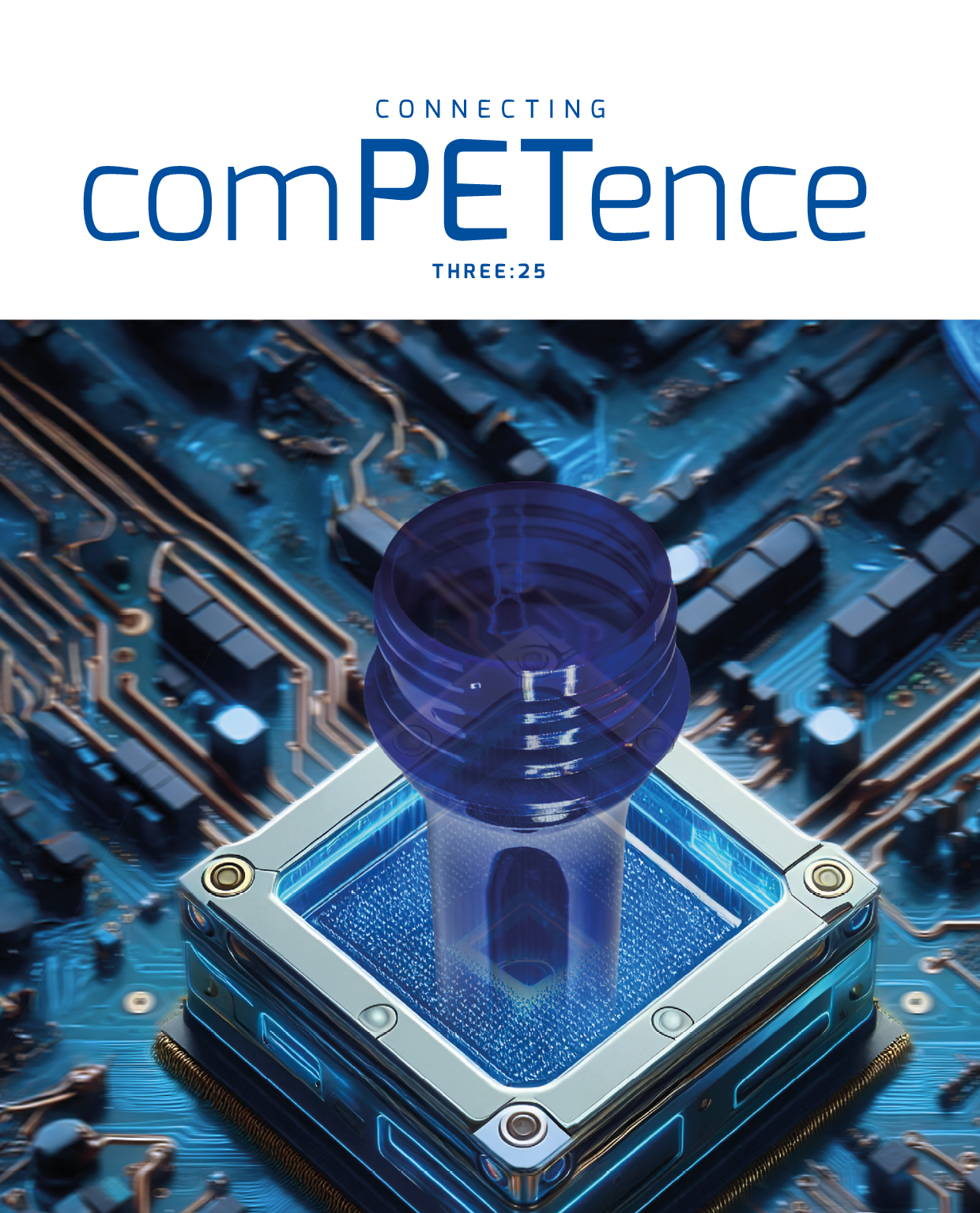In 2017 GRAF received confirmation of funding from the environmental initiative programme offered by the German Federal Ministry for the Environment, Nature Conservation, Nuclear Safety and Consumer Protection. GRAF had demonstrated that sorting material fractions that were previously considered low-value, and usually exploited thermally or recycled as mixed plastics, could work and that these materials could be upgraded to high-quality recycled plastics. The focus here is on black plastics. Conventional optical sorting systems cannot detect these plastics, which thus pose a seemingly unsolvable task for recyclers. But GRAF succeeded at the challenge, and it is proud of that.
STEINERT sorting machines for difficult-to-sort plastics
The sorting process is made possible by STEINERT technology, which not only positively separates black plastics but can also sort them accurately. A total of 16 UniSort sorting machines with hyperspectral imaging (HSI) sensors are in use at the GRAF raw materials competence centre in Herbolzheim, where they generate PP and HDPE fractions in black and light for subsequent regranulation. Key here, along with the UniSort Black, are the UniSort Finealyse and UniSort BlackEye sorting machines, which are optimised for sorting small grain sizes.
Using near-infrared (NIR) sensors and a colour camera, UniSort Finealyse can sort plastic flakes by type and colour. A high-speed belt together with a directed air stream stabilise even the smallest objects for the best possible quality levels with minimal excessive sorting. The UniSort BlackEye is based on the same design. It features a sensor for the middle-infrared (MIR) frequency range. This allows black polyolefins (PO) to be accurately sorted into their constituent parts, such as polyethylene (PE) and polypropylene (PP), but also polystyrene (PS) and acrylonitrile butadiene styrene copolymers (ABS).








